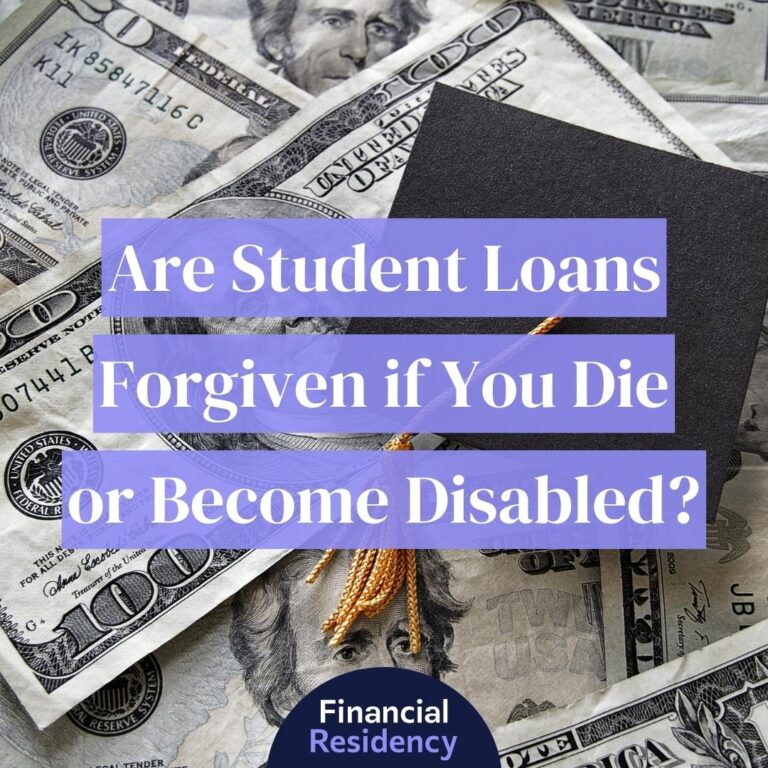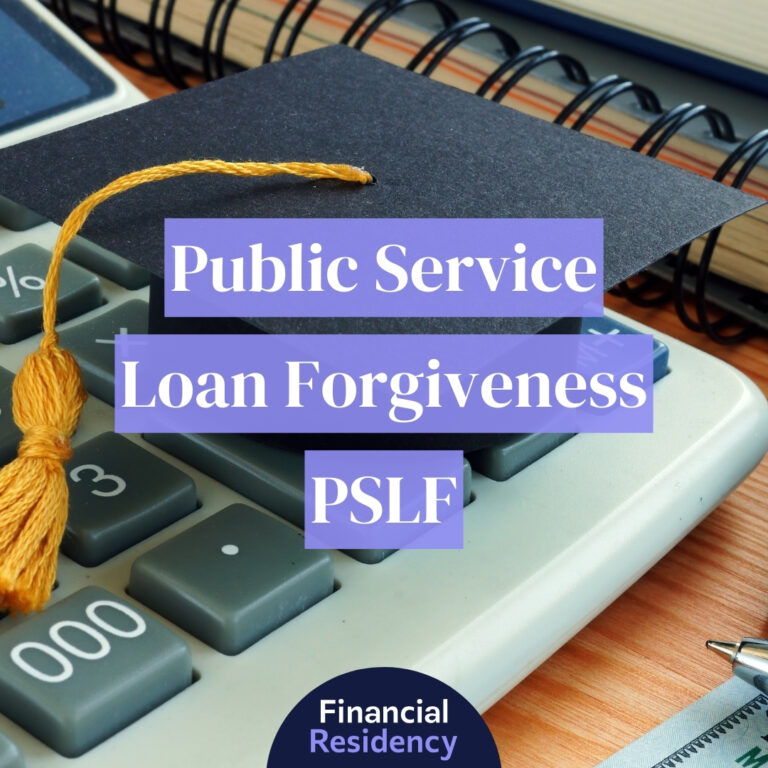Finding out if you’re eligible for Income-Based Repayment or (IBR) for your student loans begins with you.
Taking out federal student loans is pretty easy. After filling out the necessary paperwork, you’ll likely have your education fully funded within weeks. It’s almost scary how easy it is for a prospective student to take on hundreds of thousands of dollars in debt without realizing the implications.
Repaying those loans is a lot more complicated, and it can be especially difficult for student physicians and residents to navigate that process while dealing with the stressful lifestyle of a budding medical career.
There are a handful of repayment plans available to those with federal student loans, each with their own benefits, drawbacks, and considerations for those who also want to pursue Public Service Loan Forgiveness (PSLF). Depending on your current income, job status and the type of loans you have, choosing the right repayment plan could save you a significant amount.
Income Based Repayment is one such plan – here’s everything you need to know about pursuing that route.
What is Income-Based Repayment (IBR)?
IBR is a repayment plan offered by the Department of Education for students with federal loans. Private loans or federal loans that have been refinanced to a private company are not eligible for IBR. If you have a mix of federal loans and private loans, you can still use IBR with the federal loans.
Graduates with a loan term starting before July 1, 2014, pay 15% of their discretionary income, which equals the difference between your adjusted gross income (AGI) and the federal poverty guideline. The federal poverty guidelines are based on your family size and where you live.
AGI is the sum of your income minus contributions made to your retirement account, HSA and 529 plan. If you have a traditional 401k, any money you put there will decrease your AGI and therefore how much you pay every month.
Payments are never more than they would be under the 10-year standard plan and are recalculated every year. If your income, family size or location has changed, your payment will likely also change.
Borrowers who took out loans on or after July 1, 2014, pay 10% of their discretionary income. This change from 15% to 10% occurred in 2010 when President Obama signed the new repayment plan into law.
Any remaining loan balance is forgiven after 20 years for undergraduate loans and 25 years for professional or graduate loans. The amount forgiven is considered to be taxable income by the IRS, so borrowers should factor that in when choosing IBR. If you have $250,000 forgiven through the IBR program, you could pay between $62,500 and $75,000 in taxes alone – although you don’t have to pay that tax bill all at once. The IRS usually lets people set up payment plans if they can’t afford what they owe.
The government only includes your spouse’s income in your AGI if you file taxes jointly. If you have student loans and make significantly less than your partner, consider filing your taxes separately to get the benefits of IBR.
Who is eligible for Income-Based Repayment (IBR)?
Students with the following loans are eligible for IBR:
- Direct Subsidized and Unsubsidized loans
- Subsidized and Unsubsidized Federal Stafford loans
- Direct Consolidation loans
- PLUS loans
Parents with PLUS loans can’t apply for IBR or other income-driven plans. Borrowers with Family Federal Education Loans (FFEL) or Perkins loans must consolidate those loans into a Direct Consolidation loan to gain access to IBR.
Graduates should make sure they’re using the federal government to consolidate and not a private company. Only the Department of Education can consolidate your loans if you wish to remain eligible for IBR.
Borrowers interested in IBR need a high debt-to-income ratio to qualify, a requirement that not all repayment plans have. There is no official DTI ratio criteria, but IBR is best for those with large loans and smaller incomes. IBR has no limit on the amount of loans that may be forgiven.
If you’re unsure if your loans currently qualify, call your loan provider and ask them if you’re eligible for IBR.
How Income Based Repayment (IBR) works with PSLF
Public Service Loan Forgiveness (PSLF) is a federal program that forgives student loans after 120 payments. To remain eligible, borrowers must work for the government or a non-profit while they’re making payments – private practices and private hospitals are ineligible.
PSLF allows graduates to choose what kind of payment plan they want, including IBR and other income-driven plans. Borrowers should choose the lowest monthly payment available so they can pay as little on their loans as possible. The balance forgiven is not taxable, so there’s no drawback to paying less.
A pediatrician making $115,000 a year with $400,000 in student loans at 6.8% interest will pay $808 a month under IBR. After 10 years, they’ll have $547,498 forgiven, having paid $124,502 in total. In this scenario, IBR and PAYE are their best options for paying the smallest amount possible.
The figures change as you earn more. A dermatologist making $400,000 a year with $350,000 in student loans will pay $453,214 total under IBR and have $52,568 forgiven. If they chose income-contingent repayment (ICR), they’d only pay $415,140 total. However, their initial payments under ICR would be $6,466 or more than double what their payment would be at first under IBR.
In this case, the physician needs to decide if the $38,074 total difference is worth paying more upfront. Some doctors fresh out of med school are starting families, buying houses and setting up retirement accounts so paying $6,000 a month in student loan bills is not feasible. This is a personal decision that only the borrower can make.
Is Income Based Repayment (IBR) best for you?
IBR works best when it’s paired with PSLF since the borrower can focus on making small payments without worrying about taxes. Every year, graduates who get their debt forgiven through IBR without using PSLF are shocked when they get a huge tax bill in April. If you’re considering IBR as a physician, it’s best to pair it with PSLF to reduce your tax burden.
Deciding between IBR and other income plans depends on how much you can afford to pay now. If you have $350,000 in student loans and make $200,000 a year, you’ll get $169,089 forgiven under IBR.
However, you’ll pay $615,651 total on your loans. If you go with Income-Contingent Repayment, you’ll only pay $505,673 on your loans – even though you won’t have any debt forgiven.
The difference in this scenario lies in how much you pay each month – $1,516 for IBR and $3,132 for ICR. Borrowers who can afford to make the latter payment would save more than $150,000 total.
Still can’t figure out what makes the most sense? Use the Repayment Estimator from the federal government to see what’s best for you and your loans. A financial planner or accountant can also give you a rough idea on how much you’ll pay in taxes if you forego PSLF – as well as answer other questions about your specific financial situation, and which repayment plan could be the best choice for you.
Did you enjoy this blog? You’ll really like this one: How To Qualify For Public Service Loan Forgiveness



